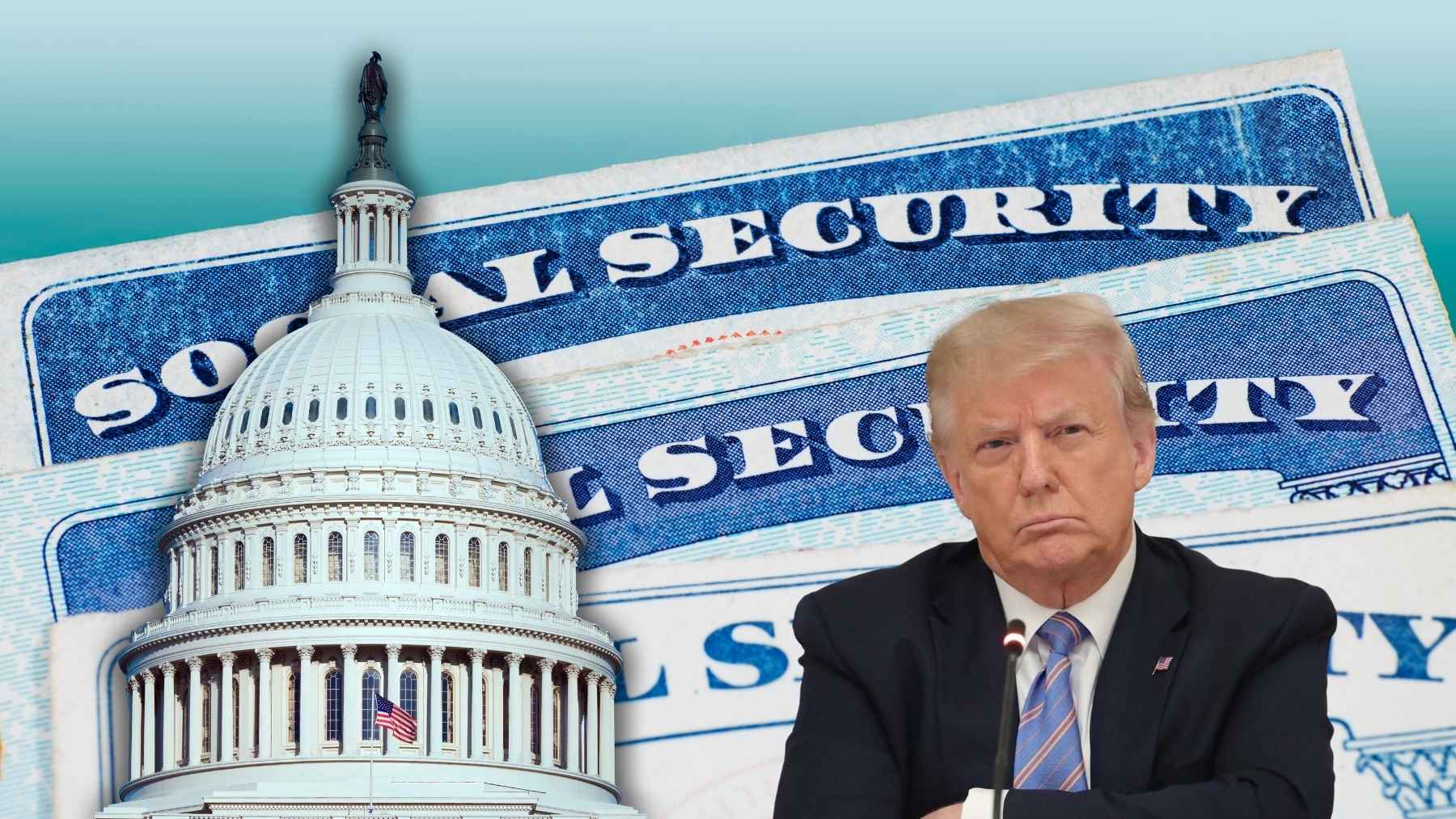For millions of retirees and other Social Security beneficiaries, the changes that have occurred in 2025 have been dramatic and sometimes confusing. While some changes were good and beneficial to the recipients, others were disruptive. Regardless, every single change has some troubling consequence that, in one way or another, puts more pressure on Social Security’s fragile trust fund.
Here are the main changes at the Social Security Administration that beneficiaries should be aware of and know how they are affected:
1. The Social Security Fairness Act
The Social Security Fairness Act, which took effect in January, was one of the historic and biggest reforms in decades. This law eliminated the Windfall Elimination Provision (WEP) and the Government Pension Offset (GPO).
These two provisions were controversial because they had long reduced benefits for public servants, such as teachers, police officers, and firefighters, who also received pensions from non-Social Security jobs. Following their removal, some retirees received modest gains, while others received lump-sum retroactive payments of more than $1,000 per month.
The payments were adjusted in February, and by July, they had been updated fully. While this was a life-changing reform for millions, analysts warned that it comes at a cost. The change saw Social Security spend billions in retroactive payments, and this could accelerate the depletion of Social Security’s trust fund six months earlier than projected.
2. A New Tax Deduction for Seniors
President Trump’s 2025 tax reform introduced a brand-new senior tax deduction that could allow seniors over 65 to claim deductions of up to $6,000 and $12,000 for married couples. Although the Trump administration described it as a step forward towards the removal of taxes on Social Security benefits, the reform does not actually do so. Instead, it reduces taxable income for some seniors.
According to the Council of Economic Advisors, the deduction could see households receive an additional $670 as after-tax income. While many would welcome the short-term relief, it adds to long-term solvency concerns, since less money would be flowing into Social Security’s trust fund.
3. A Modest COLA
Every fall, the SSA announces its annual cost-of-living adjustment (COLA), which keeps Social Security payments in line with inflation. For 2025, retirees saw a 2.5% increase, which is considered average by historic standards.
While the 2026 announcement has been scheduled for October 24 due to the ongoing government shutdown, the Senior Citizens League projects a 2.7% COLA for 2026. This could see the average monthly benefits increase by about $54.
4. The End of Paper Checks
The SSA officially ended paper checks delivery on September 30, 2025 marking its shift o digital payments. Today, 99.5% of beneficiaries are receiving their checks via direct deposit or a prepaid debit card. This means that the change affects only a small number of retirees who were still relying on paper checks.
However, the change could create new barriers for those without bank accounts or reliable internet access. Besides this challenge, the understaffing at the SSA, which now requires in-person visits, could see those affected suffer longer waiting times while trying to get help.
5. The Brutal 50% Clawback Rule
This is perhaps the most controversial change of the year. This change came in March when the Social Security Administration (SSA) quietly increased the overpayment recovery rate. Initially, the SSA had announced a 100% overpayment recovery rate but due to outrage among seniors, it scaled the rate back to 50%. This meant that retirees who had received overpayments would lose half of their monthly benefit until the debt was cleared.
The 50% is still devastating for low-income seniors, most of whom rely solely on Social Security monthly checks to pay their daily expenses. The agency says that beneficiaries can appeal or request a waiver if they believe that the recovery would plunge them into financial stress. However, the process requires extensive paperwork and proof of financial stress.
Conclusion
All these changes come with some immediate benefits, such as larger checks, lower taxes, or greater fairness. However, together, they have one devastating thing in common, which is draining Social Security’s trust fund faster.
Analysts estimate that the trust fund could run dry sooner than 2033 if no measures are taken to offset the deficit. While 2025 had some huge improvements, it increases pressure on an already stressed trust fund.

